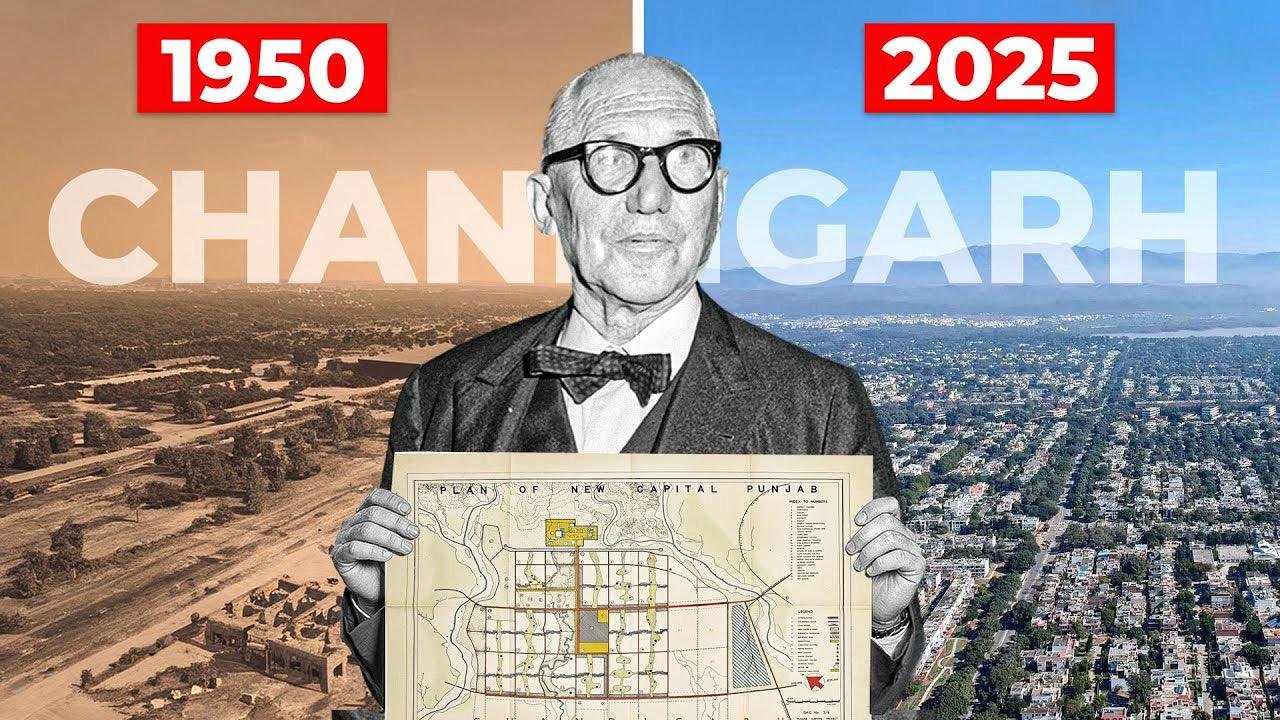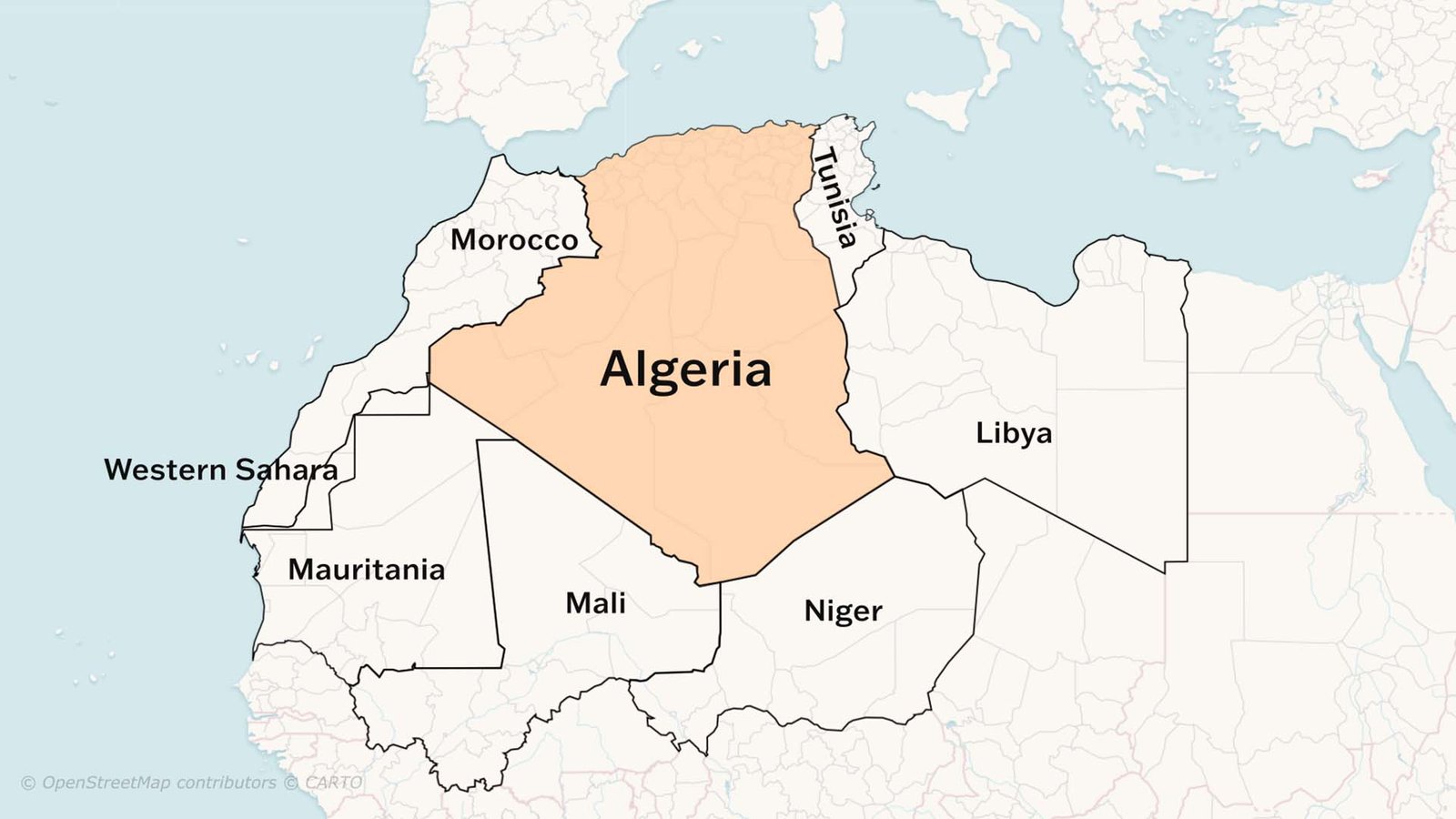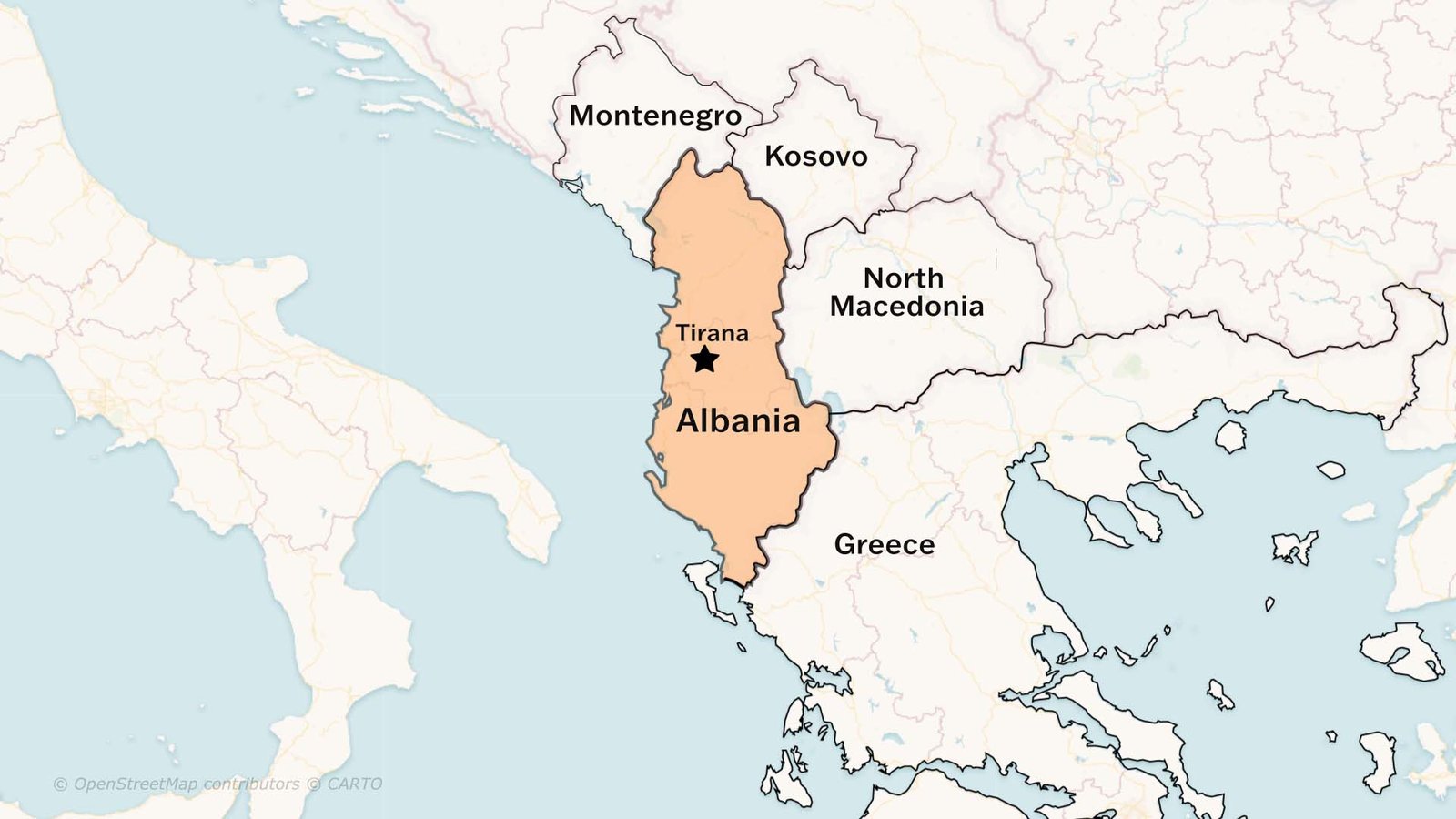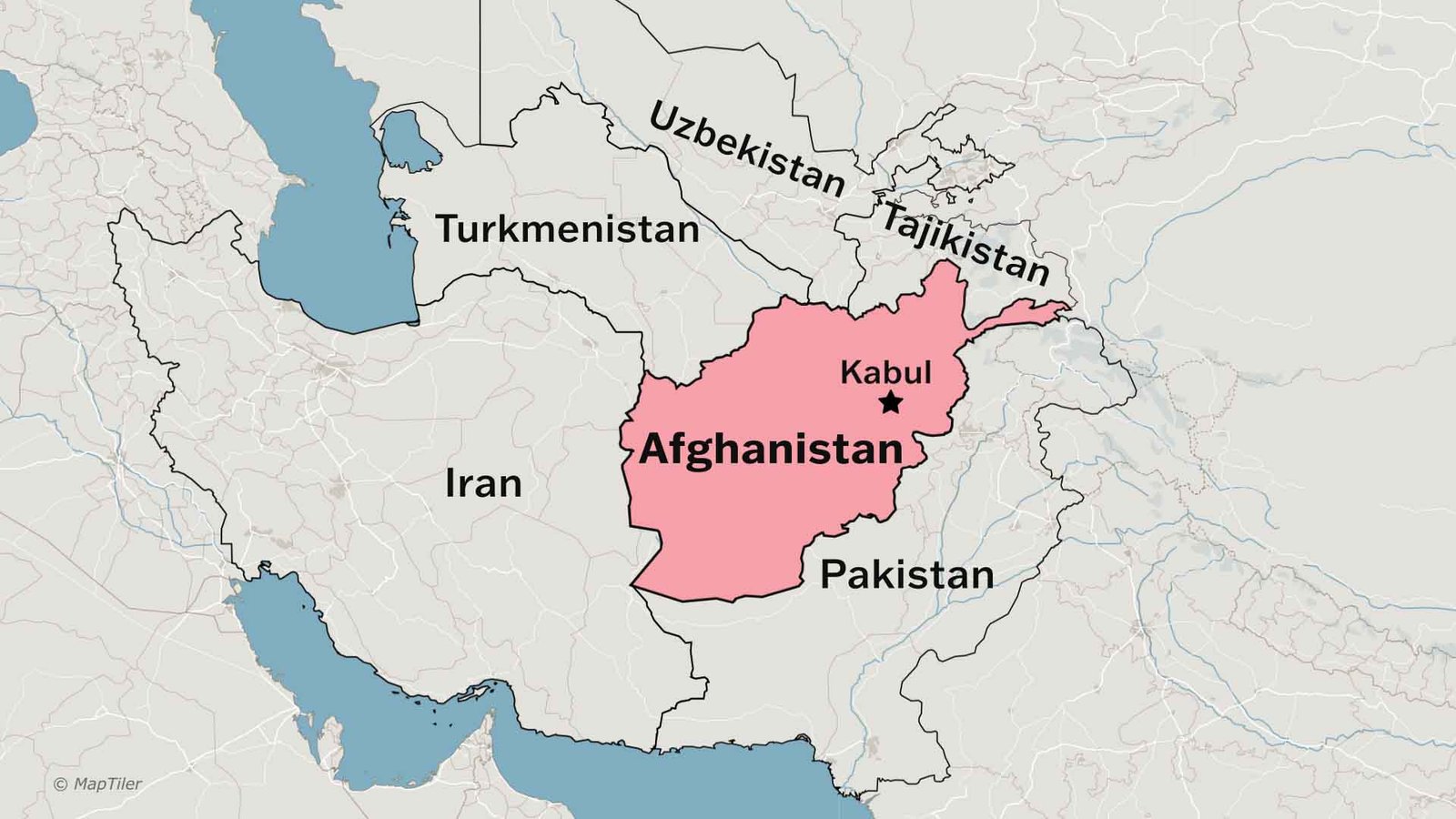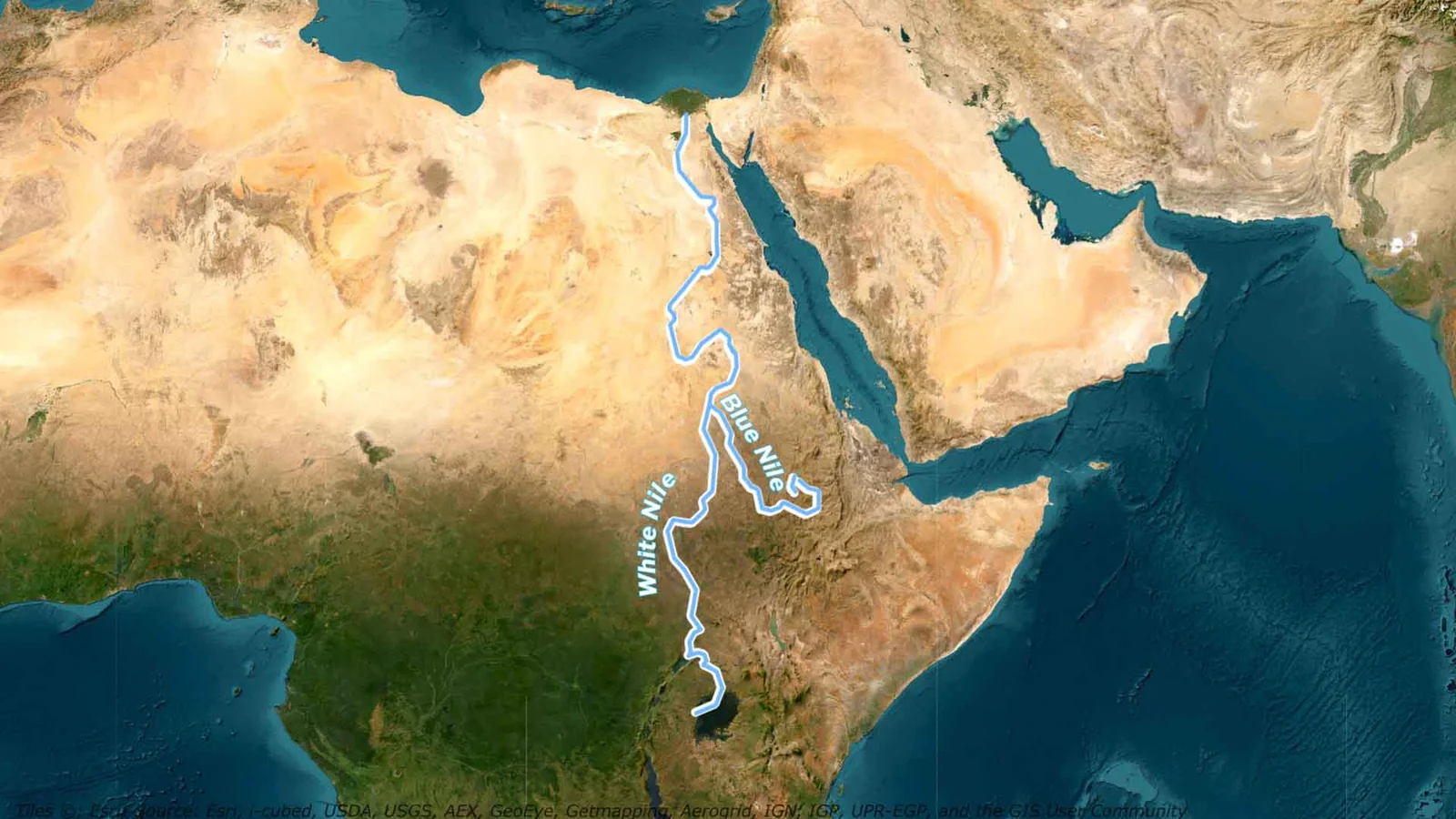Chandigarh is not just a city built after India’s independence—it emerged as a vision of modernity and a blueprint for the future. Why is Chandigarh insanely well designed? What does it mean to create a city from scratch? Chandigarh answered that question with its unique urban design, planned by the French architect Le Corbusier. Today, this city is globally recognized as a model of urban planning.
Chandigarh was divided into sectors, each functioning like a small town with its own shopping areas, parks, and residential spaces. Wide roads, abundant greenery, and a systematic infrastructure define its layout, making it an icon of planned urban development.
Nehru’s Vision for a Modern India
After gaining independence in 1947, India faced multiple challenges—particularly in the areas of infrastructure and city planning. Partition displaced millions, putting immense pressure on existing cities, which were already overcrowded and unplanned. A need was felt to build new cities that could support modern life and a growing population.
Jawaharlal Nehru had a visionary outlook for India’s future, especially concerning infrastructure. He considered industrialisation and scientific advancement to be the foundation of development, referring to dams, factories, and institutions as the “temples of modern India.” His emphasis was on planned urbanisation, the development of modern industries, and the encouragement of scientific research. Chandigarh was a living embodiment of his progressive ideology.
Why Was Chandigarh Needed?
The need for Chandigarh arose out of the circumstances following Partition. Punjab, which had Lahore as its capital, was divided into two parts. This created an urgent requirement for new capital for the Indian Punjab. Hence, the concept of a planned and well-structured city was born, not just as a capital, but as a symbol of modern and systematic development.
However, creating Chandigarh wasn’t easy. India had limited resources at the time, and there was public resistance—people were unwilling to leave their old homes and lands. But thanks to Nehru’s leadership and Le Corbusier’s visionary planning, the project became a reality.
Early Planning and Challenges
In 1949, American planner Albert Mayer and architect Mathew Nowicki were assigned to design Chandigarh. However, Nowicki tragically died in a plane crash, and Mayer discontinued the project.
In 1951, architect Le Corbusier and his team took over.
Le Corbusier’s master plan conceived Chandigarh as a human body, with:
- Head: Capitol Complex
- Heart: City Centre
- Lungs: Leisure Valley and open spaces
- Intellect: Cultural and educational institutions
- Circulatory System: Road network
- Viscera: Industrial area
This concept demonstrated the deep thought and holistic approach in the city’s urban design.
Sector and Road Design
Chandigarh’s 7V road system, designed by Le Corbusier, is a hallmark of urban planning. It facilitates organized traffic flow and enhances connectivity within the city.
The “7Vs” represent seven types of roads:
- V1 – Main arterial roads for high-speed traffic
- V2 – Secondary roads connecting residential and commercial zones
- V3 – Service roads for local traffic
- V4 – Pedestrian paths
- V5 – Cycle tracks
- V6 – Green belts and recreational zones
- V7 – Collector roads linking smaller neighbourhoods to main roads
This layout ensures smooth traffic movement and enhances safety for pedestrians and cyclists.
Eco-Friendly Innovations
Chandigarh’s design included sustainable elements, such as green spaces, efficient water systems, and buildings aligned for optimal sunlight.
- Solar Orientation: Buildings are aligned to use maximum natural light
- Cross Ventilation: Every structure allows proper airflow
- Courtyards and Open Spaces: Enhance ventilation and reduce energy use
These features demonstrate how Le Corbusier promoted sustainability in design, resulting in reduced energy consumption.
Challenges and Criticisms
While building Chandigarh, multiple challenges and criticisms arose. One of the major concerns was cultural displacement, where residents had to relocate. Though Le Corbusier’s master plan was visionary, its implementation faced issues and environmental concerns were also raised.
The project highlighted the complexities of modern city building in post-independence India. Moreover, the city’s housing layout reflected class-based separation, which brought attention to socio-economic disparities.
Chandigarh Today and Its Legacy
Today, Chandigarh has evolved into a vibrant urban center with advanced transport systems, educational hubs, and healthcare facilities. However, it still faces challenges like housing inequality and underdeveloped industrial sectors.
Chandigarh remains unique for its planned structure and green environment, making it a source of inspiration for urban planners across the world. It represents a new model of modern urban living and reflects the hopes and progress of a rising India.
Conclusion
Chandigarh was more than just a new capital—it became a symbol of hope, innovation, and the future of an independent nation. Even today, the example of Chandigarh holds relevance, reminding us of the need for sustainable and inclusive urban development.
Read more: Geography of the Himalaya

